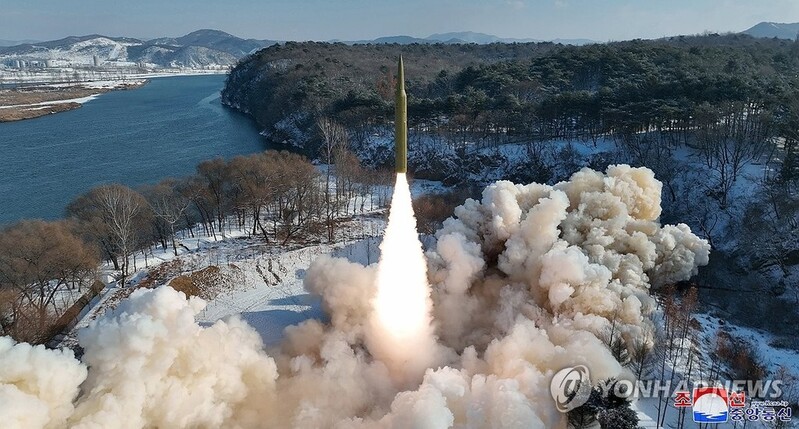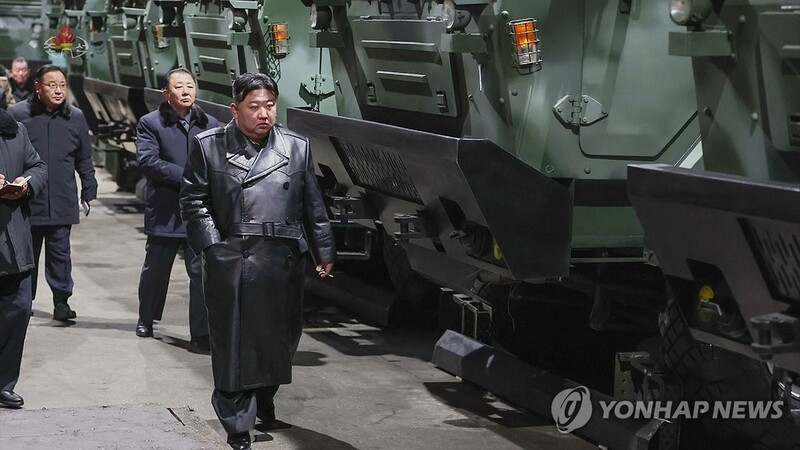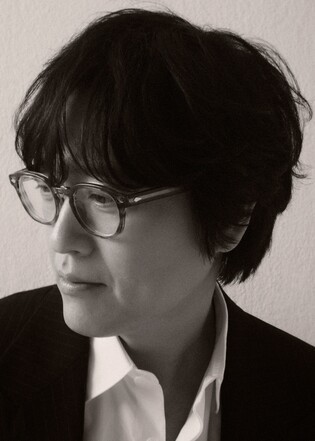 |
| ▲ This photo, carried by North Korea's official Korean Central News Agency on Jan. 15, 2024, shows the North's launch of a solid-fuel intermediate-range ballistic missile (IRBM) carrying a hypersonic warhead the previous day. (For Use Only in the Republic of Korea. No Redistribution) (Yonhap) |
 |
| ▲ This image, captured from footage of North Korea's state-run Korean Central Television on Jan. 10, 2024, shows North Korean leader Kim Jong-un on an inspection tour of munitions factories on Jan. 8-9. (For Use Only in the Republic of Korea. No Redistribution) (Yonhap) |
(2nd LD) N Korea-missile launch
(2nd LD) N. Korea claims to have successfully launched solid-fuel hypersonic IRBM
(ATTN: UPDATES with more details throughout; ADDS photo)
By Kim Soo-yeon
SEOUL, Jan. 15 (Yonhap) -- North Korea said Monday it successfully test-fired a solid-fuel intermediate-range ballistic missile (IRBM) carrying a hypersonic warhead the previous day as part of regular activities to develop powerful weapons systems.
The missile loaded with a hypersonic maneuverable controlled warhead was launched Sunday afternoon in a bid to verify the warhead's gliding and maneuvering capabilities and the reliability of newly developed multi-stage high-thrust solid-fuel engines, according to the Korean Central News Agency (KCNA). It did not disclose the missile's flight distance or time and other details.
The Missile General Bureau said the test is part of the agency and its affiliated defense science institutes' "regular activities for developing powerful weapon systems," according to the KCNA.
North Korea also said the test-fire "never affected the security of any neighboring country and had nothing to do with the regional situation."
South Korea's military said Sunday it detected the launch from an area in or around Pyongyang at about 2:55 p.m., and the missile flew approximately 1,000 kilometers before splashing into the sea.
It marked the North's first missile launch since the firing of a solid-fuel Hwasong-18 intercontinental ballistic missile on Dec. 18.
In an interview with Yonhap News Agency last week, South Korea's Defense Minister Shin Won-sik said North Korea could test-fire a new type of IRBM as early as this month after the repressive regime staged solid-fuel engine tests for a new IRBM in November.
Solid-fuel missiles are known to be harder to detect ahead of launch than liquid-fuel ones that require more preparations, such as fuel injection.
Seoul military officials believe Pyongyang's solid-fuel IRBM under development is capable of targeting U.S. military bases in Japan and Guam. IRBMs have a range of 3,000-5,500 km.
Guam, approximately 3,000 km southeast of North Korea, hosts key U.S. naval and air force bases.
A hypersonic warhead is among the list of high-tech weapons that North Korean leader Kim Jong-un vowed to develop at a party congress in 2021 as part of the country's key military projects.
In January 2022, North Korea claimed it had successfully launched hypersonic missiles, about three months after it first test-fired the new weapons system, called a Hwasong-8 missile. South Korea's defense ministry rejected the North's claim as "exaggerated."
At a year-end party meeting, Kim urged stepped-up war readiness to deter what he called "unprecedented" acts of U.S.-led confrontation against his country.
Last week, the North's leader said he has no intention of avoiding war with South Korea and threatened to annihilate the South if Seoul attempts to use force against the North.
Experts said North Korea is expected to further raise tensions with provocative acts ahead of South Korea's parliamentary elections in April and the U.S. presidential election in November.
(END)
<저작권자(c) 연합뉴스, 무단 전재-재배포, AI 학습 및 활용 금지>
(C) Yonhap News Agency. All Rights Reserved





















![[가요소식] 조항조, 새 싱글](/news/data/20251116/yna1065624915927473_582_h2.jpg)









